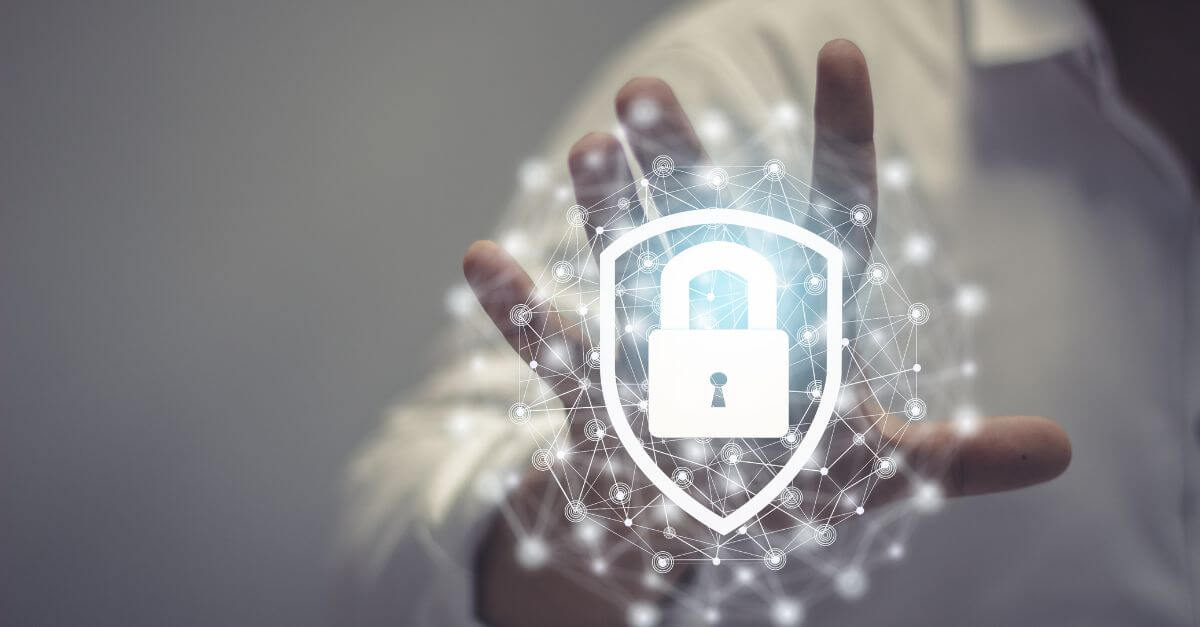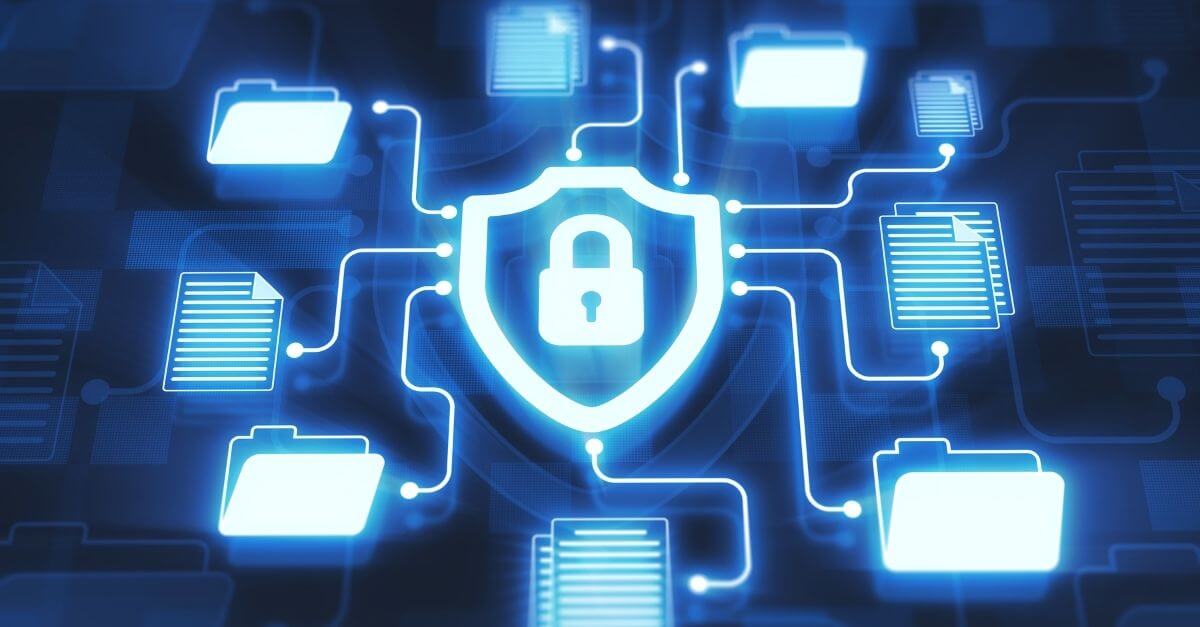Protecting your digital business environment with zero trust

is the logistics that helps companies or organizations increase their cybersecurity. How is the trusted environment ensured?
It is achieved through the access of users exclusively to the resources that are appropriate or necessary at any given time. We must justify, however, the need for its implementation, therefore, we must take into account the data on the cyberattacks that Spain has suffered in 2022. According to the source of the study of the international network of services Deloitte, security incidents reached 94% of companies in our country. In this report you can see how last year Spain was the third country, worldwide, to receive computer attacks, increasing compared to 2021 in which the figure amounted to 305,000 cyberattacks. These data are collected annually at the National Institute of Cybersecurity (INCIBE)
However, paradoxically, most companies do not focus their efforts on managing their security in the face of these threats in a unified way. It is worrying that investment in this area is predominantly low. As evidence you can consult a Google report called ” Current panorama of cybersecurity in Spain” where it is verified that 99.8% of them do not invest practically anything.
These trends must be reversed without companies requiring disproportionate economic investment. It is at this point where zero trust is accredited as a way to protect business environments today. The strategy focuses on always monitoring, verifying data and users without granting privileges that are not supported. This ensures agile operation regardless of the location of devices and users.
In today’s work environments, staff is increasingly delocalized, with work in the cloud from different devices becoming relevant. But this increases the risk of high exposure to cyberattacks. For example, increased exposure to data leakage or ransomware and malware entering the system. Therefore, the need to have high protection, having less control over users, applications and data, are evident.
How zero trust works
We have to go back to 2010, when John Kindervag was vice president and analyst of the security and risk team at Forrester Research. That year he created the Zero Trust model, revolutionizing cybersecurity throughout the business world. Currently, companies such as Google, Coca Cola or Westlet Airlines have incorporated and implemented it. But it is not only private companies that recommend it, but in the US the recommendation of its use is for all government agencies, especially as a result of the theft of data from the OMP.
Verifying is increasing the confidence of the work environment
It is advisable, therefore, that organizations do not automatically trust anyone or anything, neither inside nor outside their field of action. The correct thing to do is to verify everything before accepting any access to the system. And in this sense it is in which Zero Trust security acts, relying nevertheless on the technology that companies have previously. So it does not involve a restructuring of the entire system, but adapts to the environment of each company.
The principles of this strategy are:
- A verification of all accesses is always performed. It is not trusted and then verified, but verified to trust. In addition, this is done constantly, every time and every so often.
- The impact is minimized by microsegmenting or breaking down by small modules the entire infrastructure of the organization or company. In each of them, specific security strategies are implemented so that, if a segment has to be blocked by a threat, the rest of the network is not affected.
- Users are given as few privileges as possible to perform their work. If the user changes activity, those privileges will be changed. In this way, if a security attack occurs on a user, only the data that the user can access is affected. The rest is safe.
- The system records and analyzes cyberattacks and the responses that have been implemented on each occasion, thus improving responses to future threats.
The advantages of implementing the model in a company
Once this security strategy is put into operation, the benefits obtained can be verified in the following aspects:
- Every user or device connects completely securely, no matter where they are. This guarantees the confidence of the user and the company against possible intruders.
- Attacks on the security of the company are avoided with a constant record that, in the long run, also means obtaining a very accurate inventory of all accesses and all attacks received.
- Another advantage is that the process to manage the privileges of each user becomes simple. Since, at any time, these privileges can be withdrawn. For example, when a contractual employment relationship with the company ends or when they must be modified by changing the functions performed by the user.
- In addition, this model acts by protecting data by preventing information leaks, both within the company and externally.
In short,
zero trust
is the basic line of defense against possible unauthorized access, as well as against the leakage of data and information from a company or organization. It is based on the use of technologies such as encryption, multifactor authentication and limiting the accessibility to the system of different users.
In
Pasiona
we accompany you on the journey towards cybersecurity by implementing technological resources such as zero trust to prevent data theft and loss of security. Contact us!
Computer attacks, malware, ransomware, Zero Trust
Go back



